- Travel Guides
Food and Drink in Panama
Panamanian food tends to rely heavily on rice, beans, red meat, chicken, pork, and fish. Many vegetables grow poorly in the tropics, so travelers are unlikely to encounter a variety of veggies unless dining at a fancy restaurant.
Yuca and plantains are the most common vegetables in meals. Yuca is a root vegetable that’s typically deep-fried and served in small cubes. Plantains are even more common. Similar to bananas, plantains are served either as platános maduros (ripe plantains) or patacones (green plantains). Most are cut into discs and then fried and pressed. Mixed with salt, pepper, and maybe some salsa, these can be quite tasty.
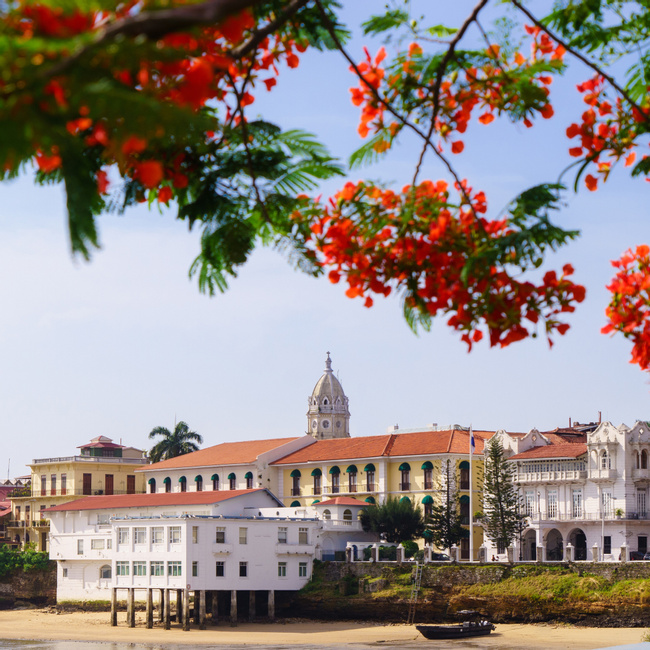
The people and culture of a country can't help but be reflected in their cuisine, and this is especially true of Panama — a country always ready to serve heaping platefuls of hearty meals to family and friends. Rice and beans are served alongside nearly everything, but are prepared in a variety of ways using different spices and herbs. They are healthy and hearty and a staple of the Panamanian diet.
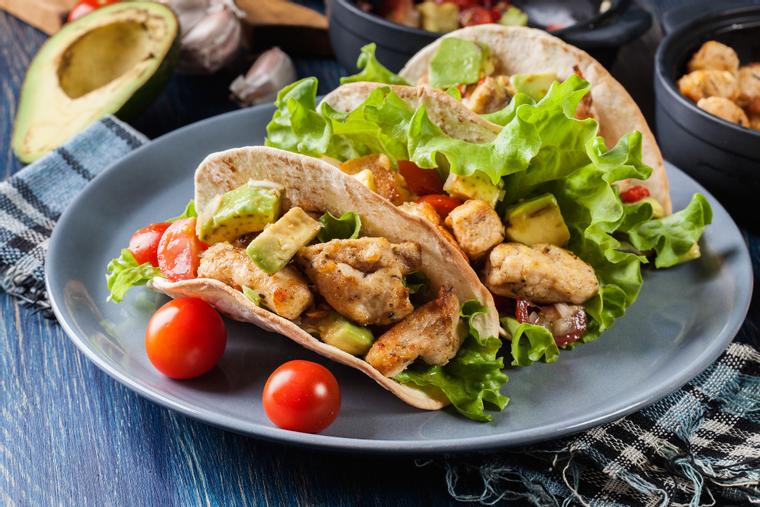
Seafood & Meat
Panama has excellent seafood, a result of its fantastic coastline and a variety of beachside destinations. One of the most common types, corvina, is also one of the best. Corvina is a type of sea bass that’s usually served a la plancha (grilled) or as ceviche (raw and marinated in lime juice). Ceviche of all types – including octopus and shrimp – is very common in Panama. Other seafood includes red snapper (pargo rojo), crab (cangrejo), shrimp (camarones), squid (calamares), octopus (pulpo), and lobster (langosta).
The meat in Panama typically comes in the form of bistec (steak), carne asado (roast meat), pollo (chicken), puerco (pork), or ropa vieja (literally,'old clothes'), which is spicy, shredded beef served over rice. And nearly all Panamanians have a fondness for sancocho, a hearty and spicy stew that’s usually made with chicken and vegetables.
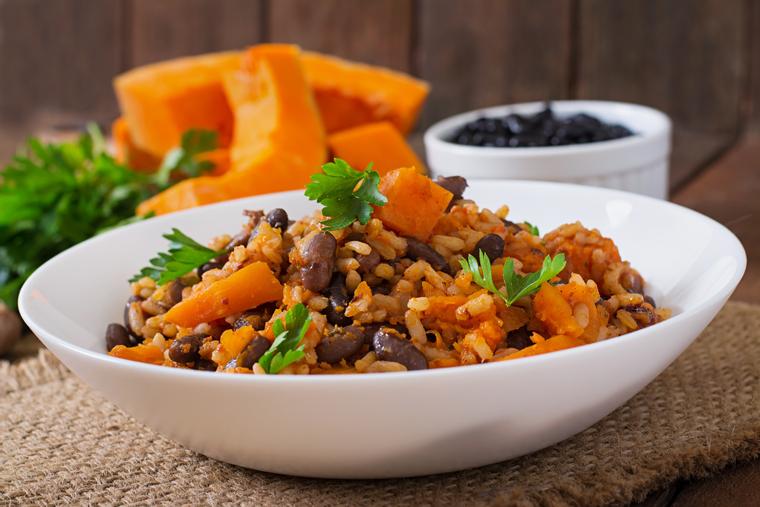
Fruits, Vegetables, & Vegetarians
Vegetarians and vegans should have no problem with Panamanian cuisine. Although meat is featured prominently in most meals, rice and beans are staples and can be ordered nearly everywhere. Fruit is also plentiful and includes tropical varieties such as pineapples, papayas, mangoes, melons, and passion fruit. Vegetarians and vegans should note, however, that meatless Panamanian meals can still contain meat products — the soups may be made from a meat stock, and plantains or yuca may be fried in lard.
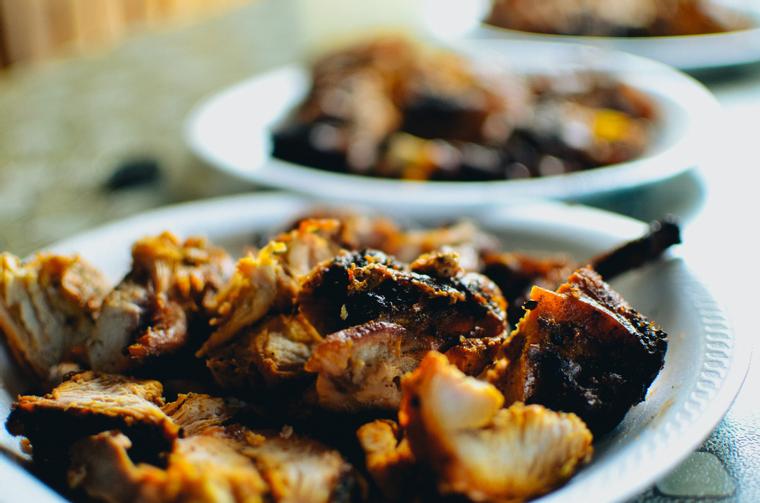
Dining Out
Panama City has all kinds of restaurants and many different types of food. Outside the city, however, country fare takes over and the menu is similar wherever you go. The exception to that rule is the nation's Caribbean region, where the food tends to be spicier and made with coconut milk. Average Panamanian restaurants are known as fondas, hole-in-the-wall places that serve plates of hot, readily made food. Cafeteria settings are also common, and allow you to pick and choose what you want. This kind of meal can cost as little as US$4.
The best way to enjoy local cuisine and Panama's spectacular beach destinations...
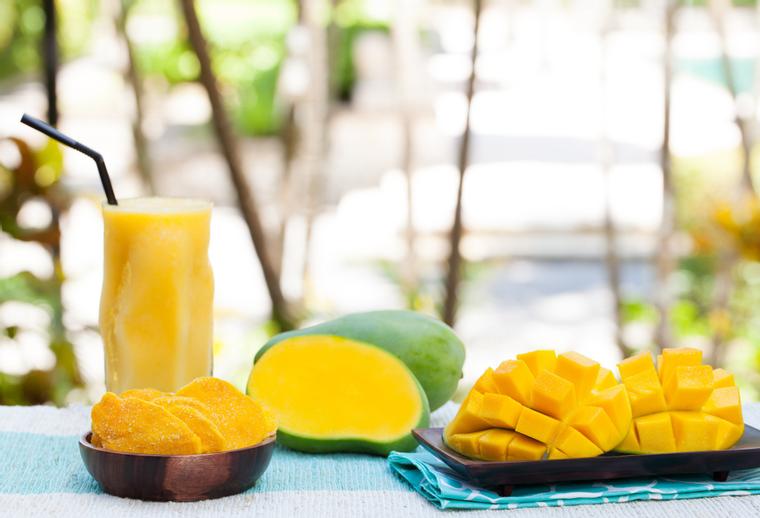
Beverages
An abundance of tropical fruit translates into an abundance of tropical juice, and it isn’t hard to find fresh, flavorful juice throughout Panama. It’s common for fresh fruit juice to be mixed with sugar and milk or water. Known as a chicha, this type of juice includes flavors such as piña (pineapple), fresa (strawberry), sandía (watermelon), mango (mango), melón (melon), and tamarindo (tamarind). Another national nonalcoholic drink is chicheme, a concoction of milk, sweet corn, vanilla and cinnamon. Coffee is found throughout the country and is quite good. In some places — including Panama City, Boquete, and Bocas del Toro — you can find espresso and cappuccinos.
Panama’s national alcoholic drink is seco. Seco is distilled from sugarcane and is most popular in rural areas, where it’s often mixed with milk. However, beer is without a doubt the nation's most popular alcoholic beverage. There are four local brands — Balboa, Atlas, Soberana and Panamá — as well as a number of Mexican and American brews on hand. The national beers are similar to pilsners or lagers and are fairly inexpensive; imported beer tends to be more costly. Wine in Panama is generally of poor quality and is not widely consumed. Most of it comes from Chile, Spain, Argentina and the US. Nicer bars and restaurants, however, are beginning to stock higher-quality wines. Whether you choose an ice cold fruit drink or an ice cold beer, you'll find both equally refreshing after a day at the beach surfing.
We believe travel is more than ticking destinations off a list – it’s about discovering new places deeply, feeling connected wherever you go, and knowing you have a trusted team behind you every step of the way.



